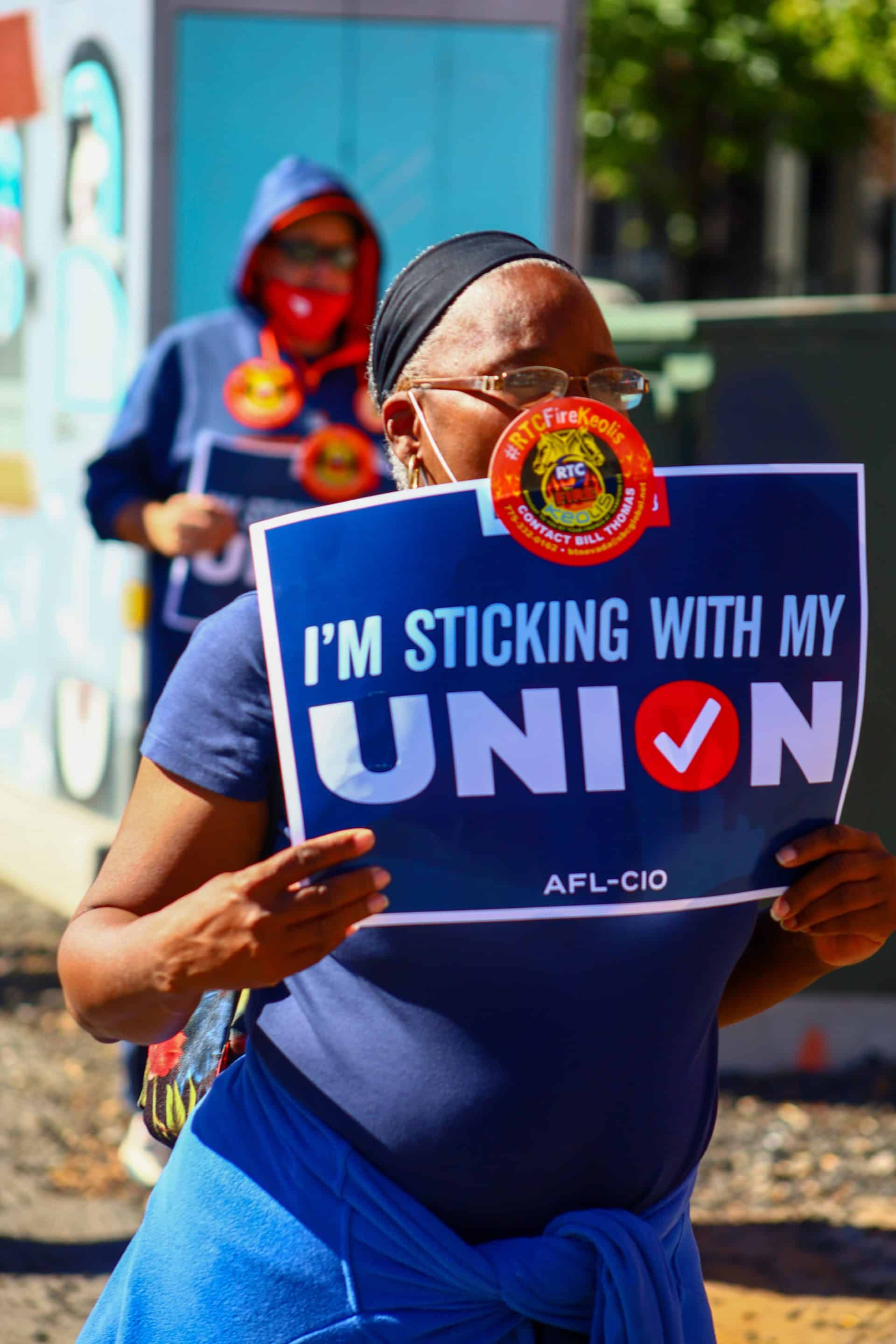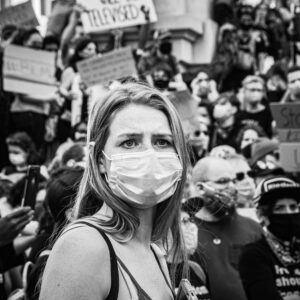A friend called this morning to tell me they lost their job. Since I practice labor and employment law, I probably average a half dozen “I just got fired” calls a week. Sometimes it’s strangers; other times, it’s someone who got my phone number from someone they know: a former client of mine, another lawyer, or someone I know from social media. And then every once in a while, like today, it’s a friend. The truth is, though, no matter who it is, in more than twenty-seven years’ worth of “I just got fired,” I’ve never gotten used to it.
Did you ever hear a song you’ve heard hundreds of times and suddenly catch a meaning in the lyrics you never noticed before? After my friend called this morning, I was thinking about all the calls like theirs I have gotten over the years, and it made me remember an old union song. The song is “Which Side Are You On?”, originally authored by Florence Reece, the wife of a coal miner and organizer for the National Miner’s Union during a particularly contentious struggle with coal firms and law enforcement in Harlan County, Kentucky, in 1931. The song was quickly popularized throughout the union movement and was eventually recorded by folk singer and activist, Pete Seeger. This protest anthem has remained popular for decades, reworked for the Civil Rights movement and re-recorded by artists such as Natalie Merchant, Ani DiFranco, Elvis Costello and Joan Baez, and even the Dropkick Murphys.
There’s a verse in the song that begins: “Oh, workers, can you stand it? Please tell me how you can!” Those two lines grabbed a hold of me this morning and would not let go, so I have been asking myself all day long, “How can we stand it?”
How can we stand working so hard for so little? How can older workers go to work every day, giving ten, fifteen, or twenty years of their life to a company that can fire them at any time, for any reason, or for no reason at all? How can younger workers go to work every day for a boss who wants around-the-clock commitment and loyalty, when they know that the company will never show loyalty to them? If you’re disabled, how can you stand working for a boss who threatens your job every time you take a day to go to the doctor or stay home because you can’t work? If you have small children, how can you stand a job that makes you choose between what your boss wants and what your kids need? How can you stand going to work every day for people who think they can treat you badly because of your skin color, gender, or religious beliefs?
Working people in Connecticut and all over the US have struggled to get laws passed that protect them on the job – laws that are supposed to prevent bosses from discrimination on the basis of race, sex, age, disability, and other arbitrary and unfair reasons. But the reality is that these laws, as important as they are, do not protect workers nearly as much as having a union. No matter what kind of job you do, if you are a union member, you earn higher wages and better benefits, get more time off, and have a safer, more fair workplace compared to people doing the same job without a union.
The difference between having and not having a union boils down to two critically important legal phrases. Without a union, you are an at will employee, which means that your boss can legally fire you (or do just about anything else to you) for a good reason, a bad reason, or no reason at all. Get fired unfairly, and all you can do is look for another job. With a union, you are protected by a contract that says that the employer has to have good cause when it takes action against you. Get fired unfairly, and your union can bring a grievance and fight to get you your job back – and when it wins, it may even get you all of the wages you lost when you were out of work. For that reason, companies with unions are much more careful about firing someone unless they can prove they did something wrong.
When working people are prevented from having unions, it hurts everyone; with unions, everyone benefits. States with the highest unionization rates typically have the highest hourly minimum wage and the strongest enforcement of labor laws for all workers, including anti-discrimination laws and workplace safety regulations.
Fifty years ago, more than one out of four workers in Connecticut belonged to a union. Today, after all of the changes in technology and the economy, union membership is only half what it was. Management “experts” say it’s because workers don’t want unions, but a recent study showed more people – 71% of Americans – approve of labor unions today than at any time since 1965. The real reason more of us don’t have unions at work is that every year corporations spend more than $340 million on anti-union campaigns, to prevent workers from having union representation. When you read about young workers at Starbucks, Trader Joe’s, or Amazon joining unions, that means they are getting together and sticking together, despite all the money these companies spend on lawyers, company spies, and anti-union propaganda. Why? Because just like you and me, they have asked themselves, “How can we stand it?”






